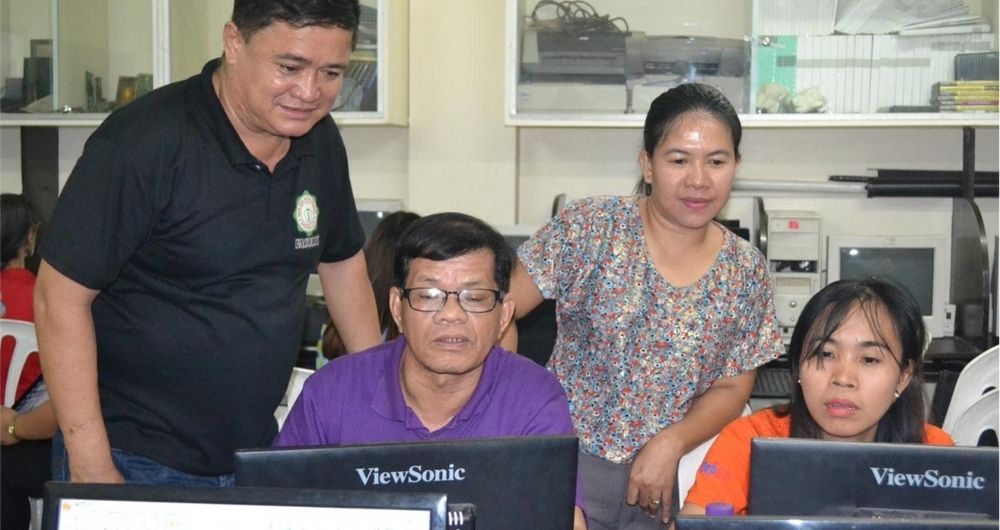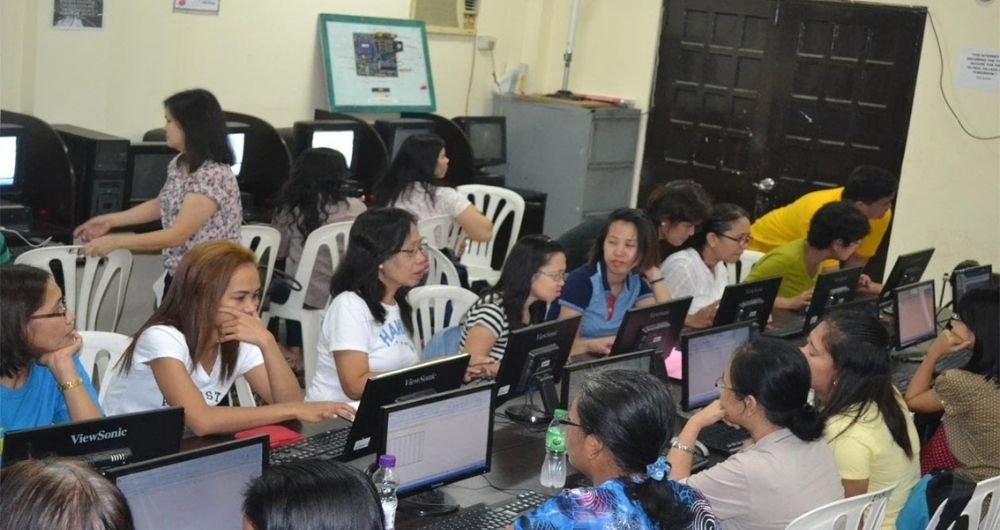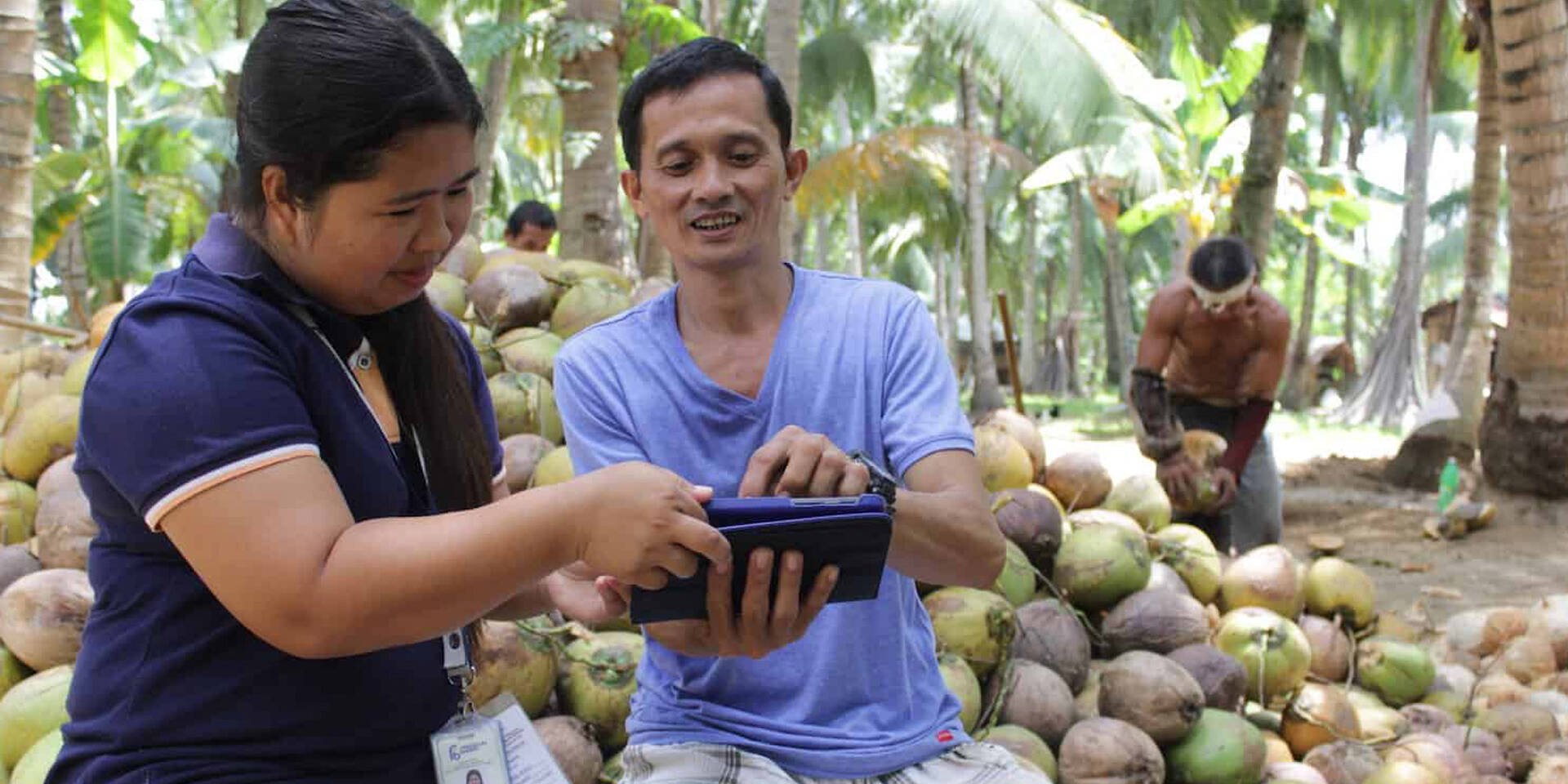Photo courtesy of PhilStar
The ongoing pandemic showed the importance of digitalization in the Philippines, especially for financial institutions. Both e-wallet accounts and digital payments have skyrocketed in recent months. To address the financial needs of the public, the Bangko Sentral ng Pilipinas (BSP) is working to develop a digital payments ecosystem and prepare Filipinos for the “new economy.”

Photo courtesy of Business World Online
While more people are now open to using digital solutions, there are still various obstacles that hinder digital transformation. For example, fragmented and outdated infrastructure in the Philippines, makes it harder for rural banks, microfinancing institutions (MFIs), and cooperatives to digitalize.
The Talent Gap and Legacy System as Common Roadblocks
One of the primary challenges in transformation for Fis in the Philippines is lack of technical know-how including the right personnel. To start digital transformation, organizations must have the right talent or resources equipped with IT skills to address key issues in digital transformation successfully.

Photo courtesy of New Era High School
Likewise, the use of outdated technology makes transformation more challenging. Most financial institutions still operate with legacy systems. These systems are highly complex, outdated, and require high operating and maintenance costs which make it extremely difficult for institutions to transform digitally. With all these challenges, how can financial institutions transform in the philippines?
Factors to Consider for a Successful Digital Transformation of Financial Institutions in the Philippines
Understanding what constitutes successful digitalization is the next crucial step after identifying its roadblocks. Here are the 4 main digital transformation factors that financial institutions need to consider when they start their digitalization journey.
Openness to Change

Photo courtesy of New Era High School
Before financial institutions can digitalize, an organization-wide mindset shift is needed. Everyone, including managers and personnel, must be open to change. Research suggests that an organization’s openness to change tends to promote higher levels of cooperation and improved employee performance.
Financial institutions must create a culture where employees are ready to be led by specialists and welcome new methods and technologies. This type of culture can speed up their transformation.
Continuous Learning Culture

Photo courtesy of Department of Information and Communications Technology
Employees are given a fundamental role in digitalization. They carry out new technology and introduce it to customers. But in a fast-evolving industry, keeping up with every new digital solution is just impossible. For this reason, employees need to have the right mindset—to be consistently willing to learn new concepts.
Industry leaders believe that constant upskilling is beneficial to employees’ careers and help them adapt to changes in the workplace. When employees have the willingness to learn, institutions must then proactively give them engaging learning opportunities. This will help these institutions reach their goals and improve their business outcomes.
Finding the Right Service Provider

Institutions have the full discretion in choosing the right service provider for their transformation needs. However, they must choose a partner that can equip them with the right solutions to address the digitalization pain points they experience.
With most rural banks, MFIs, and cooperatives not having an IT department, collaborating with the right provider that can guide and support them every step of the way can ensure smooth digital transformation.
Effective Client-Provider Communication

Photo courtesy of Jellyfish Education
An effective client-provider communication is key for achieving business growth. As financial institutions decide to undergo digital transformation, their providers must be well informed of what they want to achieve. This makes sure that both parties are on the same page and can do what is required toward achieving the goal.
Being upfront and open also encourages feedback from the client. From here, providers can improve the quality of their service further. Effective communication builds trust and maintains a strong client-provider relationship. It also saves time, money, and energy for both parties, ensuring that the time is well spent since it prevents potential confusion between business partners.
As more businesses, organizations, and even individuals are going digital, financial institutions must adapt quickly to the changing financial landscape. For rural banks, MFIs, and cooperatives, digitalization would help them make data-driven decisions that can open up new business opportunities, eventually leading to their growth. By considering these digital transformation factors, we can encourage and help more institutions to transform, serve their communities better, and improve financial access to underserved and unbanked Filipinos.
Contributed by: Glen Cuya
Related Posts
November 24, 2022
Digitizing MSMEs: How You Can Grow and Thrive in the Philippine Digital Economy
Understanding how MSMEs can go digital will help them earn more and encourage their growth in the…
November 18, 2021
Digital Transformation for Financial Institutions: Unleashing Their Potential With the Right Foundation
Understanding how to set up the right foundation for digital transformation can empower financial…
July 13, 2021
Unlocking Business Opportunities in the Philippines Through Payment Gateways
Read how connecting financial institutions to payment gateways in the Philippines can provide…




